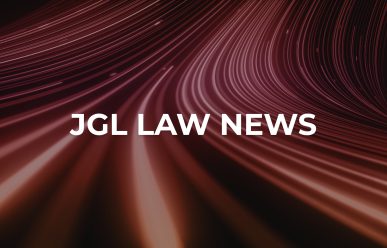WASHINGTON (CN) – A North Carolina firm must defend itself against claims it lied to get into two Small Business Administration programs to snare lucrative government contracts, a federal judge ruled.
LB&B Associates Inc. describes itself on its website as a “diversified services company” doing unspecified work for government agencies, commercial entities, institutions and businesses. Central to its identity is presenting itself as a woman-owned, minority business.
But two lawsuits, one filed by former employees and the other by the federal government, claim that was not exactly the case, and that the company lied to get into two Small Business Administration programs for minority businesses.
In the first case the plaintiffs claim LB&B and its officers lied to get certified under the SBA’s Section 8(a) program, a business development program for small businesses owned by people who are socially and economically disadvantaged.
They claim the same pattern of dishonesty occurred when the company applied to the SBA’s Mentor-Protégé program, which allows a non-Section 8(a) company to form a joint venture with a Section 8(a)-eligible company. The program is designed to encourage an approved mentor, which is not a Section 8(a) concern, to provide managerial, financial, and technical assistance to improve a protégé’s ability to compete for government contracts.
Both would be, among other things, violations of the federal False Claims Act.
On April 14, 2011, the federal government filed a notice of election to intervene in part, electing to intervene in the plaintiffs’ claims only insofar as they relate to the LB&B defendants’ participation in the Section 8(a) program, but not the Mentor-Protégé program.
The government filed its complaint in intervention on Aug. 19, 2011. Its complaint asserts two additional causes of action against LB&B: for common law negligent misrepresentation and fraud.
The defendants sought to dismiss both lawsuits. LB&B and its officers first contended that because the government has intervened in this action with respect to the company’s participation in the 8(a) program, the claims filed by the original plaintiffs had been rendered impermissibly duplicative.
“The Government agrees that its complaint in intervention is the operative complaint as to all claims in which it has intervened. However, the Government notes that Relators also still have the right to continue in the action as parties with respect to those intervened claims,” U.S. District Judge Emmet G. Sullivan wrote in his July 16 ruling. “The Government therefore recommends that the Court deny as moot defendants’ motion to dismiss the Section 8(a) claims in Relators’ initial complaint.”
Sullivan agreed, noting the defendant made no showing whatsoever that continuing the earlier case would cause them any undue burden or expense that would justify limiting their participation.
“Therefore, because the Government’s complaint in intervention supersedes Relators’ complaint with respect to the intervened claims, and because Relators have the right to continue as parties to this action, the Court will deny defendants’ motion to dismiss Relators’ claims, to the extent that they are duplicative of the Government’s claims, as moot,” Sullivan wrote.
The defendants also argued that all of the government’s False Claim Act claim predating Feb. 1, 2001 are barred by the statute of limitations.
The government responded by arguing the defendants ignored a fundamental principle of the qui tam mechanism: “that for statute of limitations purposes, the Government stands in the shoes of the relator.”
“Thus, if a relator’s claim is timely, so too will a government complaint in intervention alleging the same wrongdoing be timely, regardless of when it is filed,” Sullivan wrote.
But the government’s claims did not all survive the judge’s scrutiny. Sullivan held that its common law fraud and negligent misrepresentation claims “sound in tort,” and therefore they are governed by a different statute of limitations that the other claims.
“The Government is correct that its complaint in intervention relates back to the filing of Relator’s complaint, because it arises out of the same conduct, transaction, or occurrence … However, it does not then follow that the ten-year statute of limitations in section 3731(b)(2) applies to the Government’s common law claims; the statute of limitations in 28 U.S.C. § 2415(b) still applies,” Sullivan wrote.
“Thus, the Court must count back from Feb. 1, 2007 to determine which claims are timely. Accordingly, to the extent that the Government’s fraud and negligent misrepresentation claims arise out of factual allegations that predate February 1, 2004, they are time-barred.”

